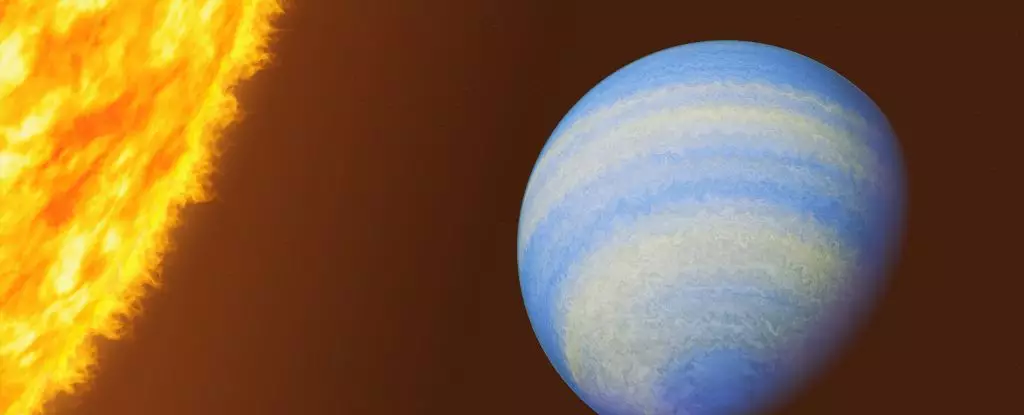In a fascinating revelation, scientists have found the distinctive smell of hydrogen sulfide, the same gas responsible for the odor of rotten eggs, on an extreme exoplanet called HD-189733b. This Jupiter-sized world, situated in the Milky Way, showcases the presence of hydrogen sulfide in its atmosphere, providing valuable insights into the role of sulfur on planets beyond our Solar System. The discovery of this pungent molecule signifies a significant milestone in our understanding of exoplanetary compositions and formation processes.
Unveiling the Secrets of Exoplanetary Atmospheres
The study of exoplanetary atmospheres has come a long way since the first detection of an exoplanet in the early 1990s. With advanced tools and technologies at our disposal, astronomers can decipher the chemical compositions of distant worlds by analyzing the interactions between starlight and planetary atmospheres during transits. By observing absorption and emission lines in the spectra of light, researchers can identify the presence of key molecules such as hydrogen sulfide, water, carbon dioxide, and carbon monoxide on exoplanets like HD-189733b.
HD-189733b, a scorching hot Jupiter located just 64.5 light-years away from Earth, offers a unique opportunity to study the characteristics of gas giants in close proximity to their host stars. This extreme exoplanet exhibits intense heat and powerful winds, providing crucial data on its atmospheric composition and elemental abundances. The recent observations using the James Webb Space Telescope (JWST) have shed light on the prevalence of key molecules like hydrogen sulfide and the unusually high metallicity of HD-189733b compared to its host star.
The presence of hydrogen sulfide and other key molecules on HD-189733b hints at the complex processes involved in the formation and evolution of exoplanets. By studying the chemical signatures and metal abundances in the atmosphere of hot Jupiters like HD-189733b, scientists can gain valuable insights into the mechanisms that shape planetary compositions and structures. The intriguing discoveries on this scorching exoplanet pave the way for further investigations into sulfur-rich worlds and their implications for planetary science.
Future Prospects in Exoplanetary Research
Moving forward, researchers aim to explore the presence of sulfur on other hot Jupiters to unravel the mysteries of their origins and migration patterns. By investigating the chemical diversity and metallicity of exoplanetary atmospheres, scientists can refine their models of planetary formation and evolution. The quest for understanding the stench of exoplanets not only expands our knowledge of planetary systems but also highlights the intriguing diversity of worlds beyond our Solar System.


Leave a Reply